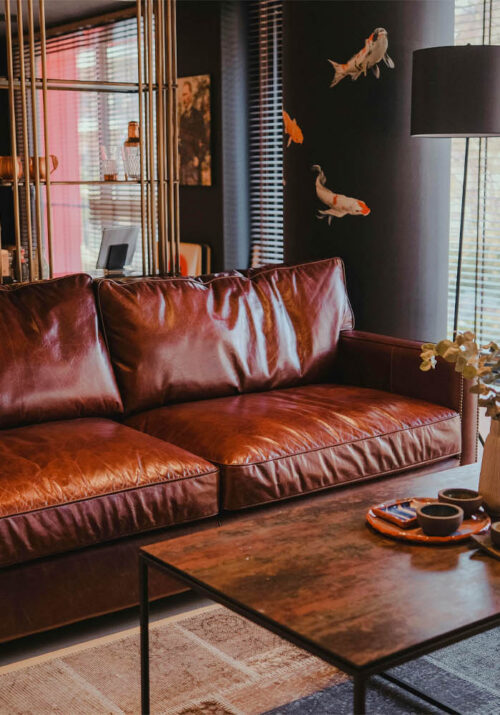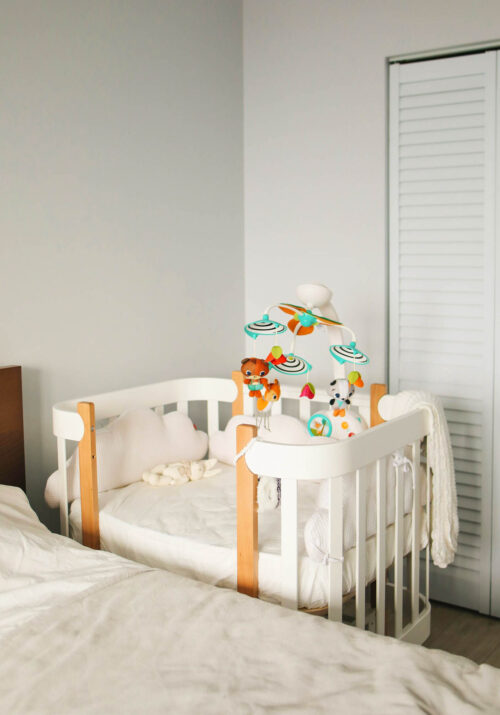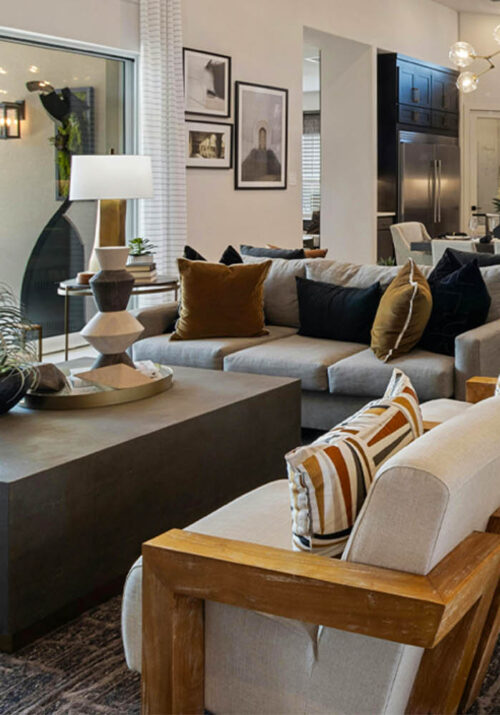When it comes to crafting a visually stunning and functional living space, mastering spatial arrangement is an indispensable skill for any interior designer. Spatial arrangement refers to the strategic placement of furniture, decor, and architectural elements within a room to optimize flow, functionality, and aesthetic appeal.
In this blog post, we’ll delve into the art of spatial arrangement and explore how it can elevate your interior design projects to new heights.
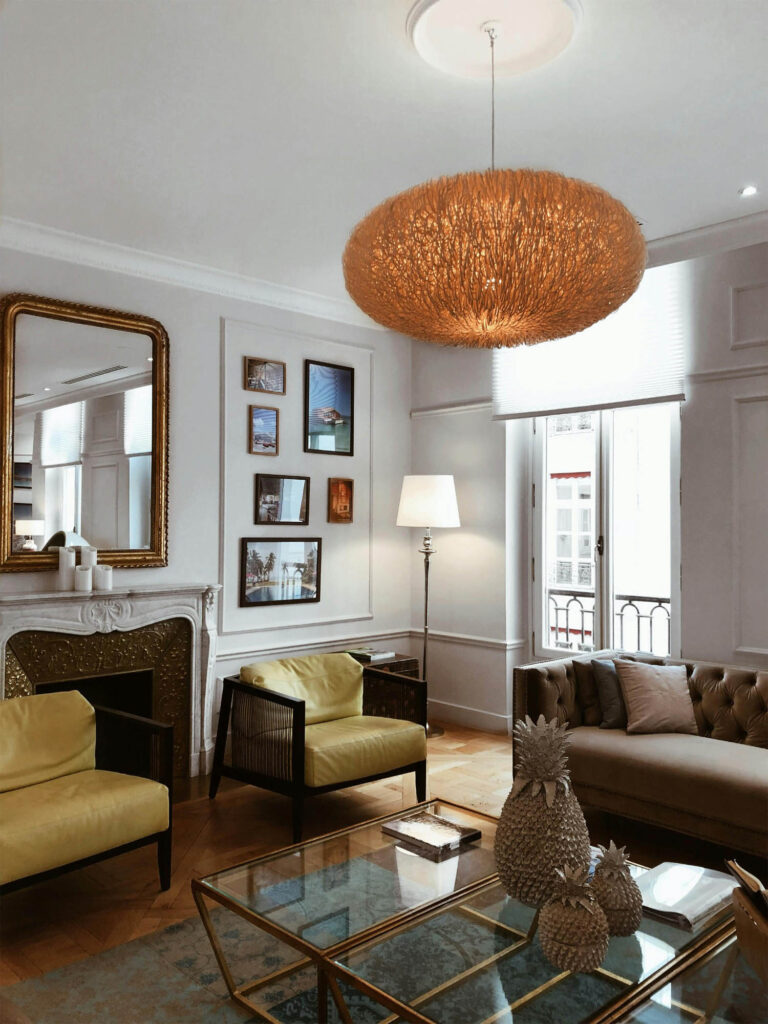
Understanding Spatial Dynamics
Before diving into the nitty-gritty of spatial arrangement, it’s crucial to grasp the fundamental principles of spatial dynamics. Every room possesses its own unique dimensions, proportions, and architectural features, which influence how furniture and decor should be arranged within the space. Understanding these spatial dynamics is the first step toward creating harmonious interiors that feel balanced and inviting.
Creating Zones for Functionality
One of the primary goals of spatial arrangement is to create distinct zones within a room that serve specific functions while maintaining a cohesive overall design. For example, in a living room, you might designate separate areas for lounging, entertainment, and conversation. By delineating these zones through thoughtful arrangement of furniture and decor, you can enhance the functionality and versatility of the space.
Balancing Scale and Proportion
Achieving balance in scale and proportion is essential for effective spatial arrangement. Oversized furniture in a small room can overwhelm the space, while undersized pieces may feel lost and insignificant. Strive to strike a harmonious balance between furniture sizes and the proportions of the room to create a visually pleasing arrangement that feels just right.
Unlock the secrets to exceptional interior design by mastering spatial arrangement, the cornerstone of creating captivating living spaces that reflect your style and personality. Keep reading to discover how strategic placement can elevate your home’s aesthetic appeal and functionality.
Embracing Negative Space
In the world of interior design, less is often more, and nowhere is this more apparent than in the use of negative space. Also known as whitespace, negative space refers to the areas of a room that are left intentionally empty. Embracing negative space in your spatial arrangement allows for breathing room and helps prevent overcrowding, fostering a sense of openness and tranquility within the space.
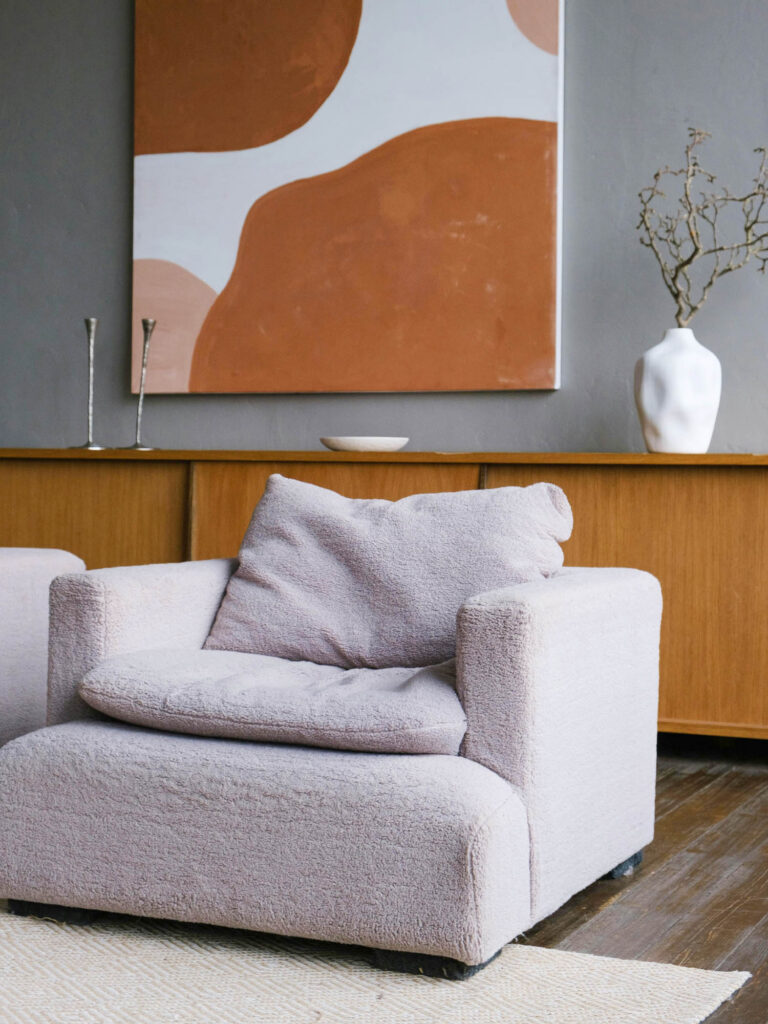
Utilizing Traffic Flow Patterns
Consideration of traffic flow patterns is crucial when arranging furniture within a room. Ensure that there are clear pathways for movement, allowing occupants to navigate the space with ease. Avoid placing furniture in high-traffic areas or blocking entrances and exits, as this can disrupt the flow and functionality of the room.
Harnessing Natural Light
Natural light plays a pivotal role in interior design, influencing the mood, ambiance, and perceived size of a space. When arranging furniture, take into account the placement of windows and sources of natural light. Position seating areas near windows to maximize natural light exposure and create inviting spots for relaxation and enjoyment.
Personalizing with Decorative Accents
While spatial arrangement lays the foundation for a well-designed interior, it’s the decorative accents that add personality and character to the space. Incorporate artwork, textiles, and accessories thoughtfully to infuse your design with warmth and visual interest. Pay attention to color, texture, and scale when selecting decor items, ensuring they complement the overall aesthetic of the room.
In conclusion, mastering spatial arrangement is a fundamental skill that can transform ordinary rooms into extraordinary spaces.
By understanding spatial dynamics, creating functional zones, balancing scale and proportion, embracing negative space, considering traffic flow patterns, harnessing natural light, and personalizing with decorative accents, you can elevate your interior design projects to new heights of excellence.
Whether you’re revamping a cozy living room or transforming an expansive loft, strategic spatial arrangement is the key to unlocking the full potential of any space.
